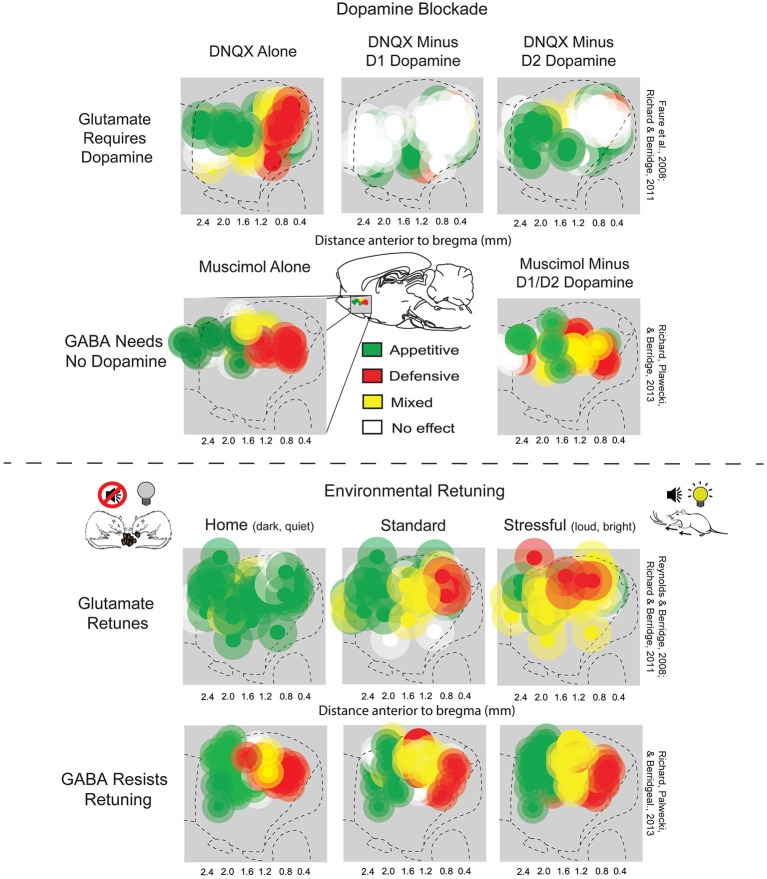|
Hyperlocomotion
Locomotor activity is a measure of animal behavior which is employed in scientific research. Hyperlocomotion, also known as locomotor hyperactivity, hyperactivity, or increased locomotor activity, is an effect of certain drugs in animals in which locomotor activity (locomotion) is increased. It is induced by certain drugs like psychostimulants and NMDA receptor antagonists and is reversed by certain other drugs like antipsychotics and certain antidepressants. Stimulation of locomotor activity is thought to be mediated by increased signaling in the nucleus accumbens, a major brain area involved in behavioral activation and motivated behavior. Hypolocomotion, also known as locomotor hypoactivity, hypoactivity, and decreased locomotor activity, is an effect of certain drugs in animals in which locomotor activity is decreased. It is a characteristic effect of many sedative agents and general anesthetics. Antipsychotics, which are dopamine receptor antagonists, and many serotonerg ... [...More Info...] [...Related Items...] OR: [Wikipedia] [Google] [Baidu] [Amazon] |
|
 |
Nucleus Accumbens
The nucleus accumbens (NAc or NAcc; also known as the accumbens nucleus, or formerly as the ''nucleus accumbens septi'', Latin for ' nucleus adjacent to the septum') is a region in the basal forebrain rostral to the preoptic area of the hypothalamus. The nucleus accumbens and the olfactory tubercle collectively form the ventral striatum. The ventral striatum and dorsal striatum collectively form the striatum, which is the main component of the basal ganglia. The dopaminergic neurons of the mesolimbic pathway project onto the GABAergic medium spiny neurons of the nucleus accumbens and olfactory tubercle. Each cerebral hemisphere has its own nucleus accumbens, which can be divided into two structures: the nucleus accumbens core and the nucleus accumbens shell. These substructures have different morphology and functions. Different NAcc subregions (core vs shell) and neuron subpopulations within each region ( D1-type vs D2-type medium spiny neurons) are responsible fo ... [...More Info...] [...Related Items...] OR: [Wikipedia] [Google] [Baidu] [Amazon] |